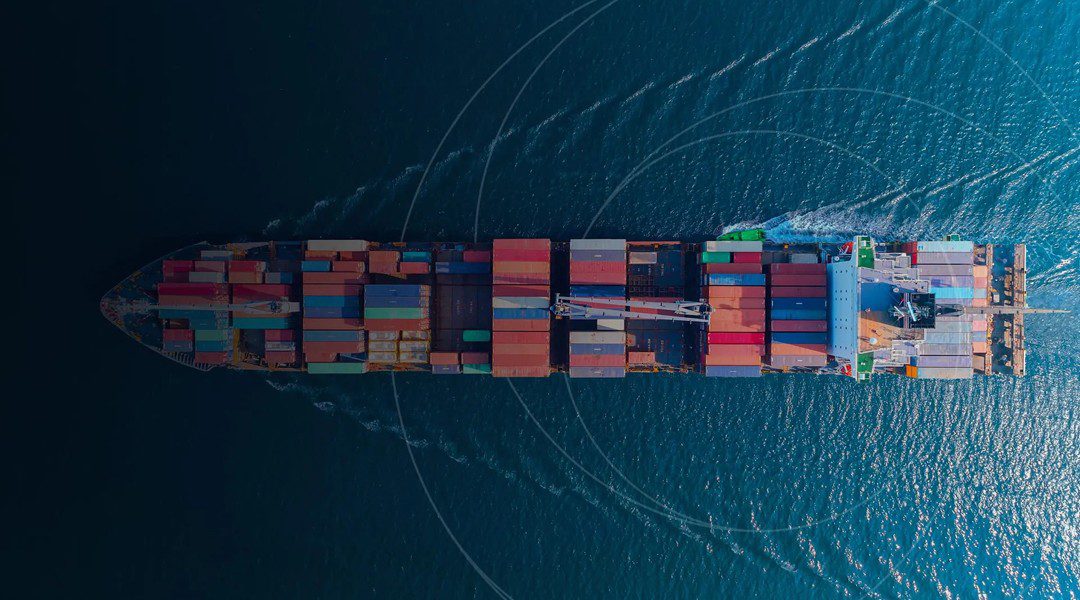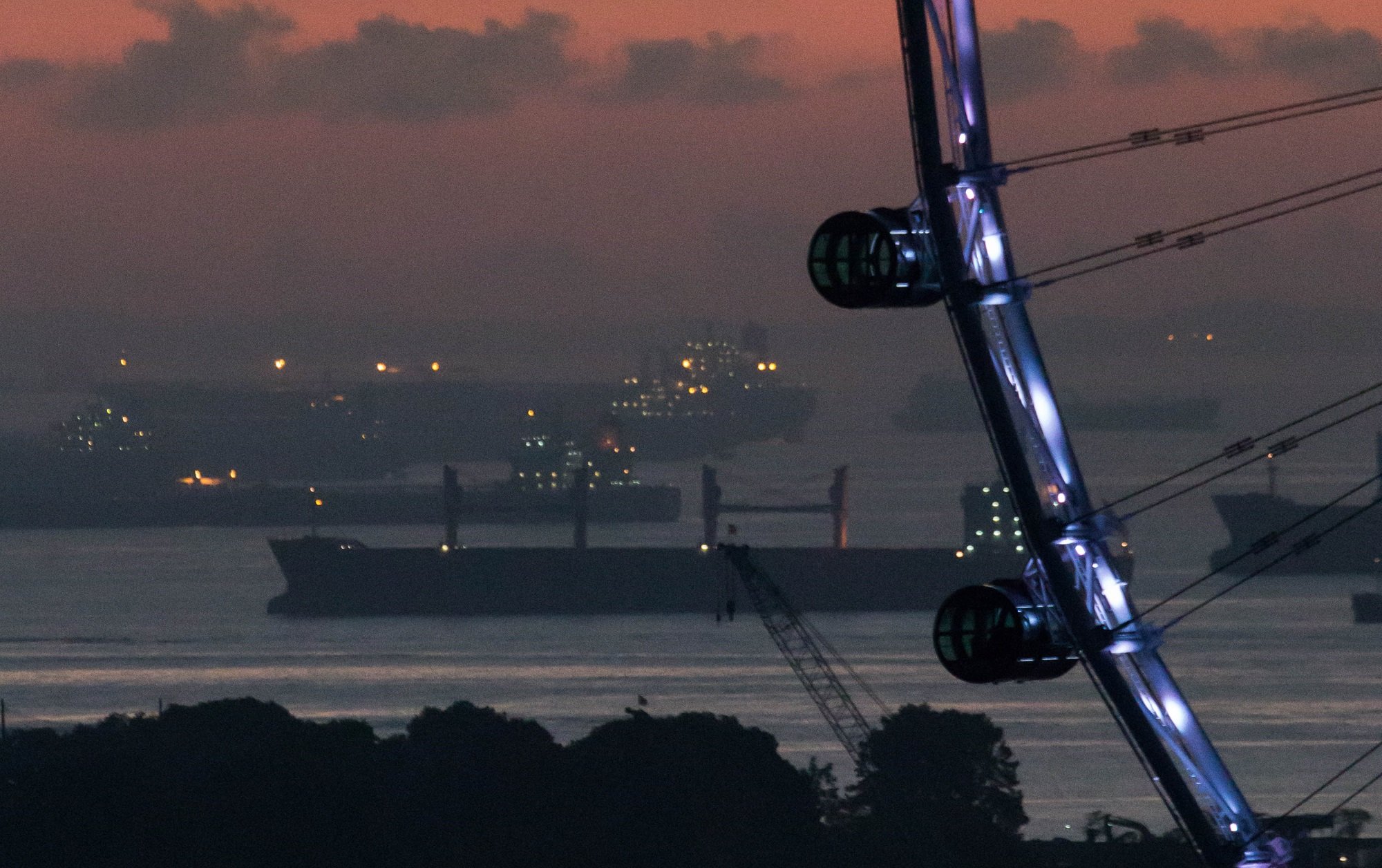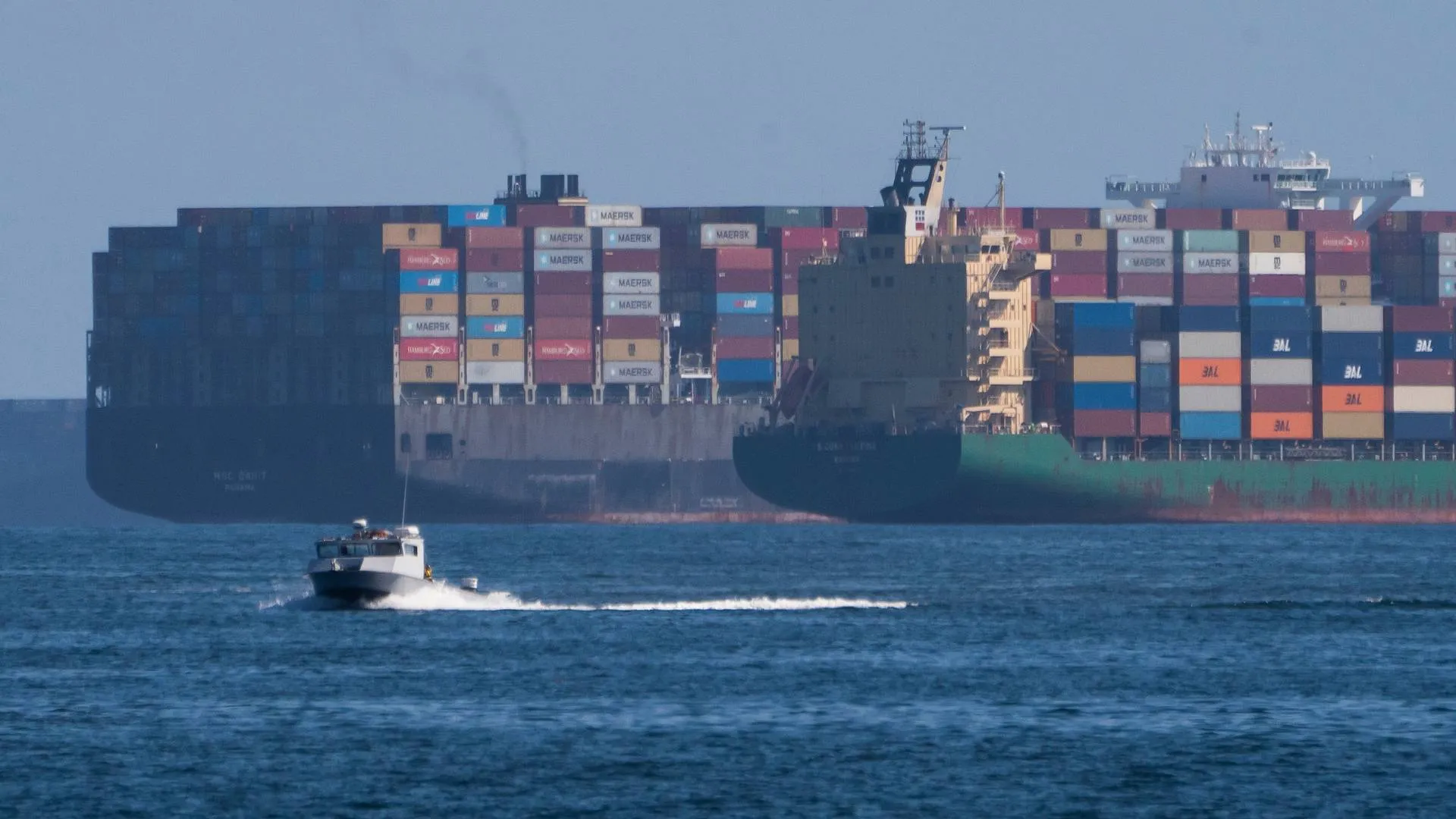The ship, with its load of 4,843 teu, took 20 days compared to the 40-50 required via Suez. Beijing tests a regular service to connect Asia and Europe through the polar region
Qingdao – The Chinese container ship Istanbul Bridge arrives at the port of Felixstowe, the UK’s largest terminal, after completing a 7,500 nautical mile journey from China in just 20 days via the Northern Sea Route. An equivalent route via the Suez Canal, which measures approximately 11,000 nautical miles, would normally take between 40 and 50 days. This is the first regular liner service connecting Asia and Europe through the polar region, calling at various Chinese and European ports, and the first time ever that a container ship has reached the UK via the Arctic. The ship’s operator, Sea Legend (headquartered in Qingdao, China, and in Singapore), has named the new service “China-Europe Arctic Express”. A service also founded on the acquisition, last year, of a ship classified as Ice-1, suitable for navigation in icy waters.
The company’s Chief Operating Officer, Li Xiaobin, emphasized that the shorter route allows for a reduction in emissions and greater logistical efficiency. However, some environmental organizations have expressed concerns about the local environmental impact, particularly if heavy fuels that produce black carbon, a substance harmful to the Arctic environment, are used. It was not clarified what type of fuel was used by the Istanbul Bridge, nor whether the ship was fully compliant with the IMO’s Polar Code. According to Sea Legend, this new route speeds up supply chains, reduces the inventory required by companies by 40%, and cuts capital costs.
Having departed from Ningbo-Zhoushan on September 22, the ship – with a capacity of 4,843 teu – crossed the Russian Northern Sea Route in just 5 days, sailing autonomously at an average of 17 knots, without icebreaker escort, thanks to the almost total absence of ice in this late summer period. After the call in the UK, Istanbul Bridge will continue to Rotterdam, Hamburg, and Gdańsk.
Although it has attracted significant media attention, it is not the only container ship to have used the Arctic route. At least three other ships were operating simultaneously, making point-to-point voyages. The Russian Northern Sea Route recorded record activity in the summer of 2024, with over 20 container ship transits. The first complete crossing was made only in 2018 by Maersk, but Western operators (starting with MSC) have largely withdrawn from the route for environmental and geopolitical reasons, leaving room for Chinese shipowners. Although it remains a niche route – with about 100 transits in 2024 compared to 13,000 for the Suez Canal – interest is growing. Another Chinese operator, NewNew Shipping, employed five ships in the region this summer, aiming to surpass its own record of 13 Arctic transits last year.




